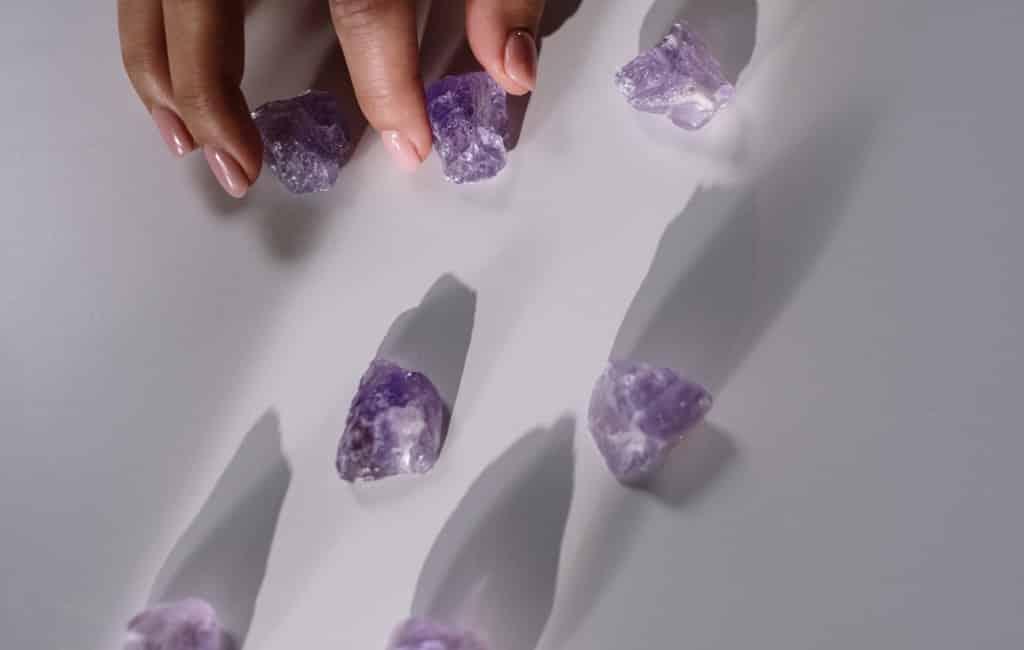Gemstones are substances which are made up of mineral deposits. They are usually found deep beneath the surface of the earth, but some of them can be found elsewhere. These types are usually made from organic materials which are usually derived from living things (e.g. pearls, produced by oysters).
Each gemstone has its own commercial value and cultural sentiment that has been attached to it over the course of several millennia, and pearls are no different. Pearls hold several meanings to people in different parts of the world. And some people wonder if they bring bad luck.

WHAT ARE PEARLS?
Pearls come in the mall and round shapes that are usually white. They are usually formed around a grain of sand, inside the shell of sea organisms such as oysters. Pearls are usually made inside the soft tissue or mantle of living shelled animals – i.e. mollusks – particularly, those that exist underwater. Pearls are made from the same materials that make up the shells of these kinds of organisms (i.e. calcium carbonate such as aragonite and calcite). These materials usually form around a grain of sand, which has entered the mollusk’s shell, in layers that are usually concentric in form.
While the ideal shape for pearls is round, pearls can occur in many other shapes, giving rise to irregularly shaped pearls, such as baroque pearls (that are generally tear-shaped).
Typically, pearls have a distinctive and unique luster that is dependent on the refraction, reflection and diffraction of light on its layers (which are usually translucent in form). Since these layers are usually added around single grains of sand in concentric patterns, the smoothness of each pearl and its luster depends on the thinness of each layer (i.e. the thinner each layer of calcium carbonate that forms the pearl is, the smoother and more lustrous the resultant pearl will be).
Due to the fact that pearls are made mainly from calcium carbonate (e.g. aragonite and calcite), they can get dissolved in vinegar and weak acid solutions. This is because vinegar contains acetic acid, and the mineral crystals in pearls usually react with it to make calcium acetate and carbon dioxide.
Pearls exist in different forms and sizes. Some are extremely small while others are large. The largest known pearl in the world right now is the Pearl of Puerto, which was found by a fisherman in the Philippines.

WHAT ARE THE TYPES OF PEARLS?
There are different types of pearls, and they can all be divided into different categories based on groupings that include the following:
- Natural or cultured
Pearls can either be natural or cultured. Natural pearls are the types of pearls that occur naturally in nature. They are usually formed by shelled creatures or mollusks, in their protective membrane or mantle. The formation process of natural pearls involves the deposition of calcium carbonate in the form of calcite, aragonite or a mixture of calcite and aragonite (which is usually known as nacre); in layers, usually formed around a single grain of sand, which has entered the mollusk’s protective membrane or mantle.
The different crystals – or tiny mineral substances – formed are usually held together by conchiolin; which is an organic horn-like compound.
While the usual assumption is that natural pearls are usually formed around a single grain of sand, when it enters the mollusk’s protective layer (and becomes an irritant, or perhaps a stimulant for the pearl formation process), scientists and researchers claim otherwise. According to them, the incidence of pearls forming around a single grain of sand rarely ever happens.
Instead, the materials that usually trigger this process are usually parasites and organic materials. Also, damage to the mantle can ignite the pearl formation process.
Natural pearls of fine quality are very rare, and are usually regarded as gemstones of high quality. They also happen to be very expensive, when they occur in suitable sizes, shapes, color and luster.
- Cultured pearls
Cultured pearls are usually formed by manmade effort to kick-start the pearl formation process by implanting a tissue (implant) or a tiny mantle tissue from one shell (known as a donor shell), into another shell (which is called the recipient shell). This causes a pearl sac to be created in the recipient shell, when the implanted tissue precipitates calcium carbonate.
Cultured pearls can be produced using either freshwater or seawater shells. They are typically not as expensive as natural pearls, in gemstone markets across the globe.
DO PEARLS BRING BAD LUCK?
Pearls have been valued in countries around the world for thousands of years. They are usually associated with affluence, wealth, wisdom, grace, purity, femininity, peace and other desirable qualities. This fact, coupled with pearls’ natural luster, beauty and rarity is one of the reasons why they are categorized as gemstones (particularly when they are formed in the right shapes, are of high quality, and have highly desirable physical qualities such as luster).
Generally and culturally, pearls are often seen as appropriate gifts for royalty (particularly in ancient China), and they are also said to attract good luck and wealth to its bearer (or wearer). It is generally said that having pearls on you will attract fame, good fortune and success to you. Some people also believe that pearls will open its wearer up to inner wisdom and nurture love in their life.
Yet, in spite of all this, some people believe that it is not proper to give pearls to someone as a wedding present, and that pearls should not be worn by a person on their wedding day as it signifies tears. There is an old superstition tied to pearls, which is generally stated as “pearls for tears.” This means that – according to some people’s belief – giving someone pearls may bring sadness into their life or marriage (particularly if you mean it as a wedding gift). Nevertheless, pearls are generally said to be bearers of good luck, and the “pearls for tears” superstition is not widely believed in all parts of the world. In Asia, for instance, pearls are generally seen as an omen of good luck on every occasion.

